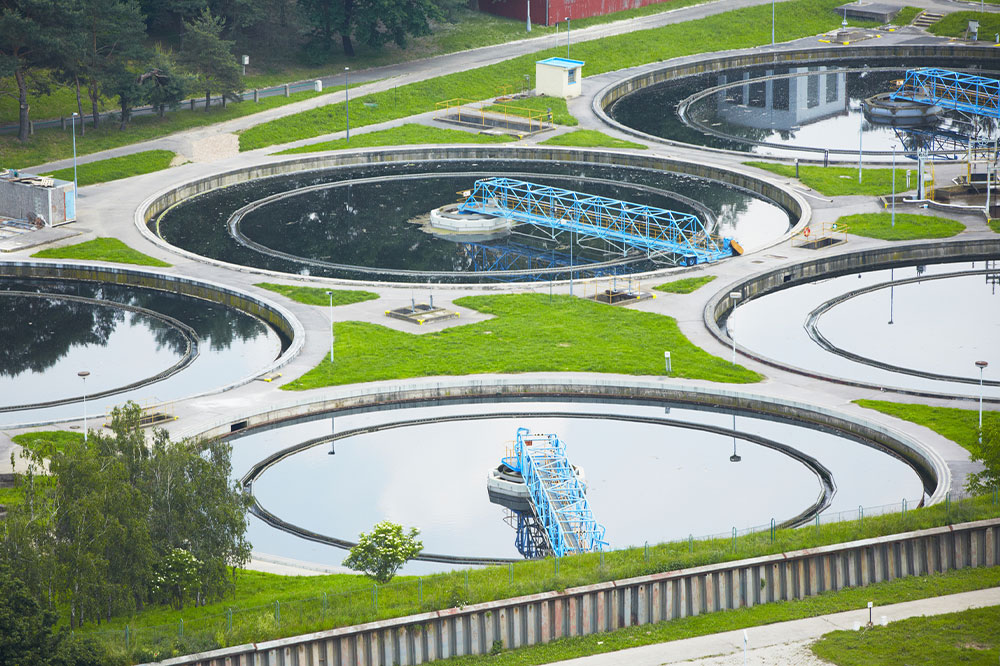Processes used for treating the country’s water supply
Access to clean, adequate, reliable, safe, and acceptable drinking water is a fundamental right. Across most of the country, it is safe to assume that most people have enough water. But then why are there reports of the country running out of water? Have you ever thought about it or even how the water supply is treated in the country? This article will provide what you should know about the country’s water supply and treatment.
Sources of water supply
Before you take a sip of water, just try to trace its journey. How did that clear and odorless water make its way to your tap?

In municipal systems, water is drawn from the sources and treated before it is supplied to homes and offices. This water is supplied through humongous pipes called water mains buried under the roads and sidewalks. Then, smaller pipes transport water from the main pipes to individual houses and businesses.
Distribution of water supply
Knowing where the used water goes from your home is important when learning about water supply and treatment.
Water treatment
Whether it is surface water or groundwater, it is vulnerable to contamination. Surface water gets contaminated due to trash, nitrates, pesticides, etc., as it goes down the hills, mountains, and roads. Groundwater may get contaminated when it trickles through rocks and mixes with heavy metals such as arsenic.
Because of this known and sometimes unknown contamination, the Environmental Protection Agency (EPA) has set a legal limit of over 90 likely contaminants. So, the water that ultimately reaches your home has cleared this minimum requirement through water treatment.
Standard processes for water treatment
Although water supply and treatment methods vary from city to city, these standard methods are usually followed:
Coagulation
One of the first steps in the water supply and treatment process, coagulation, is done by adding chemicals such as iron or aluminum with a positive charge to the water. This process helps neutralize the negative charge of dirt and other dissolved particles in the water. This binding allows the particles to increase in size, making them easier to separate.
Flocculation
Flocculation is the second step in the water supply and treatment procedure. This process involves mixing water to allow it to form larger and heavier particles, called flocs. In case just mixing doesn’t work, the water treatment plant may add certain chemicals to hasten the process of flocs formation.
Sedimentation
Sedimentation is the most vital part of water supply treatment. This step allows the flocs to settle at the bottom due to their heaviness.
Filtration
In this step, the floc has finally settled at the bottom of the water, and the clear water is on the top. In this water supply and treatment process, the water is made to pass through filters of different pore sizes and materials. These may include charcoal, sand, and gravel.
These filters are responsible for removing dissolved germs and particles like viruses, parasites, and toxic chemicals. Activated carbon filters may also be added to remove any odors. Some water-treatment plants also employ a process known as ultrafiltration, wherein the water is made to pass through a very fine filter membrane that only lets through water and salt particles.
Disinfection
The final step in the water supply and treatment procedure before the water reaches your house is disinfection. The water is treated with chemical disinfectants like chlorine, chlorine dioxide, or chloramine at this stage. This part of the process kills any remaining viruses, bacteria, and parasites. Professionals at the water treatment plant ensure that the levels of these chemicals are within the permissible levels for humans. In some cities, water treatment plants also disinfect water using ultraviolet light. After this step, fluoride is added to the water; this is how you get better tasting water without the corrosive particles from pipes and fewer germs.
So, we’ve discussed everything you need to know about the country’s water supply and treatment process. You now also know about the municipalities’ efforts to bring you a glass of clean and crystal clear water.

